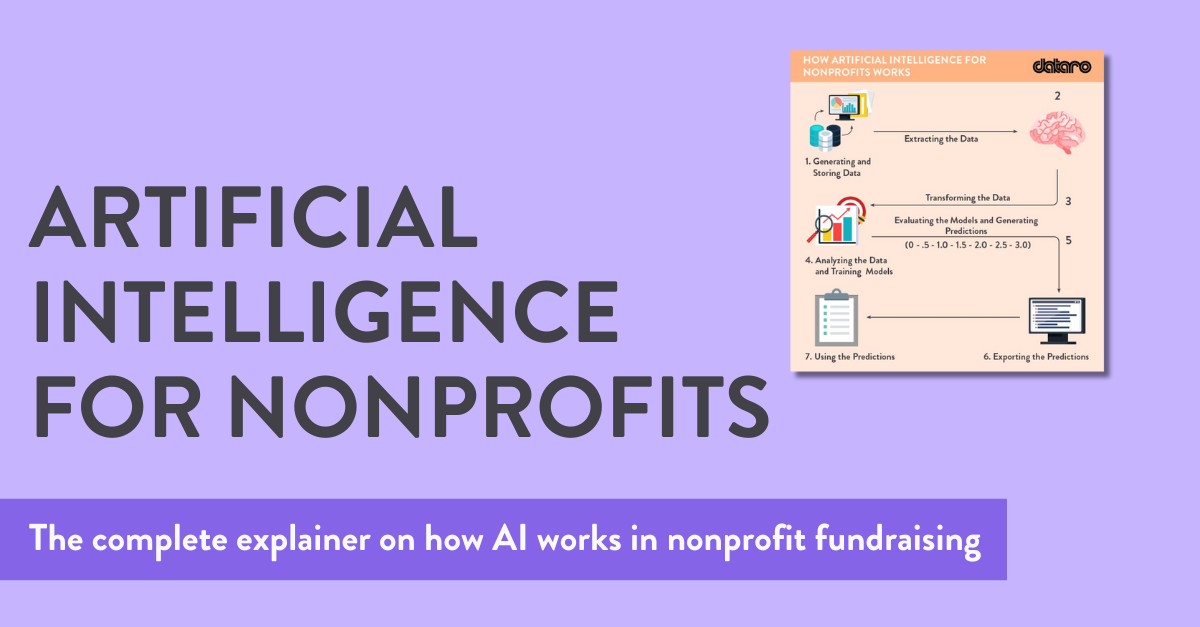
How to cut telemarketing costs using propensity modelling
Chris Paver –
Telemarketing is a key channel for many charities both for donor engagement and acquisition. Common campaign types include regular giving (RG) upgrades, RG reactivations, cash giving, churn, and others. But selecting which donors to include to maximise return on investment from each campaign is a challenge.
The default position adopted by many fundraisers is to include as many people as possible to avoid missing out on potential conversions. But Dataro’s recent real-world RG Upgrade modelling demonstrates how this assumption may be flawed. In fact, including too many leads may result in a worse return on investment due to the number of bad calls being made. In a recent analysis for a large community services provider, we showed how call volumes could be reduced by as much as 35% without compromising campaign ROI.
Aim
Dataro’s goal was to use machine learning to predict which regular givers were the most likely to say ‘yes’ to an upgrade request. The intention was to increase RG upgrades and identify potential future cost savings.
Methodology
Dataro used all historical data available from our partner’s database, including giving history, donor age and may other factors. We enriched this data by inferring fields such as age and gender (where missing) from publicly available anonymised data sources. Dataro also incorporated geographic profiles based on third party information from the Australia Bureau of Statistics. We then used machine learning to provide propensity scores for each donor in order to identify the best call recipients.
Results
The telemarketing campaign analysis delivered some fascinating results. The campaign included 7000 call recipients. Of the 3000+ people to answer the call, nearly 800 upgraded their gift. That’s a conversion rate of nearly 25%. We grouped the call recipients based on their Dataro Score. This analysis showed the average return on investment from the top 1000 Dataro predictions was more than double the average return from the bottom 4000. It also showed about 30% of Dataro’s top 3000 prospects actually upgraded their subscription, compared to less than 20% for the bottom 4000.
The results validate the accuracy of Dataro’s scoring approach. It showed how donors with the highest scores were significantly more likely to say ‘yes’ than donors with lower scores. This approach can deliver real increased LTVs for the organisation by targeting only those people most likely to say yes.
Deciding exactly where to draw the line in a telemarketing program remains a challenge. In a subsequent ROI analysis, Dataro demonstrated that participants at the bottom of the call list in some cases actually delivered a negative ROI. Using this information, we demonstrated that the same overall campaign ROI could be achieved in future by reducing the number of bad calls and concentrating on those with a higher propensity to upgrade. This could significantly reduce fundraising costs and result in ongoing campaign improvements.
The same approach can be used to significantly improve other Regular Giving fundraising metrics, such as reactivations and donor retention.




